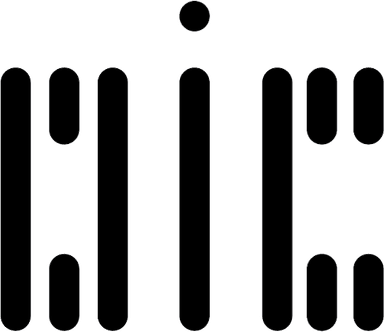Entrée de carnet
Born Digital: publication d’un manifeste pour la E-Literature par Stephanie Strickland


On retrouve sur la page d’accueil du site Web de la Poetry Foundation un lien vers l’article Born Digital de Stephanie Strickland. Dans cet article, la poète définit 11 points permettant de décrire les spécificités de la e-literature. Curieusement, cet article qui prend peu à peu la forme d’un manifeste propose une définition de la littérature en ligne et la poésie numérique n’étant pas trop éloignée de celle que nous employons au NT2 afin de décrire les oeuvres hypermédiatiques…
Voici les 11 points définis par Strickland dans son article:
1. E-poetry relies on code for its creation, preservation, and display: there is no way to experience a work of e-literature unless a computer is running it—reading it and perhaps also generating it.
2.E-poetry does things rather than says things. To read e-works is to operate or play them (more like an instrument than a game, though some e-works have gamelike elements).
3. E-lit is the mode of literature appropriate to new social conditions.
4. E-poetry is a poetry requiring new reading skills.
5. E-lit is based on an aesthetic that arises from networked programming practice.
6. E-literature is built as much as it is written; one could speak of text engineering as a new kind of writing. As with engineering and big building projects, many kinds of expertise are involved in its production; in some cases, a number of readers are required as well as a number of writers.
7. E-poetry describes or reflects upon worlds by building them.
8. E-poetry explores three-dimensional space in three ways: on screens, in gallery installations, and by directing people using mobile devices as they move around on earth.
9. E-lit is a result of feedback processes between humans and machines, between human intelligence and machine intelligence.
10. In print poetry the interface (reading surface) and the storage surface are one and the same; in e-lit they are not.
11. E-literature permits and requires new and different kinds of time-space experience that are inherent in a networked environment.
